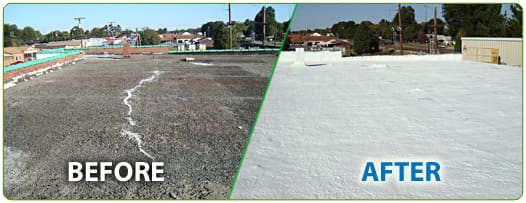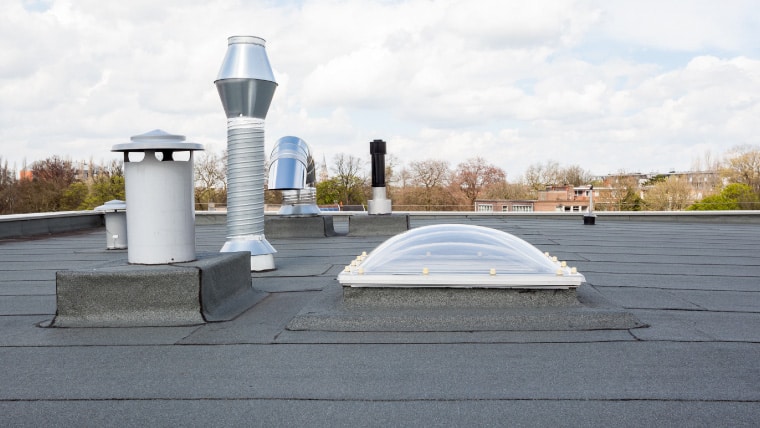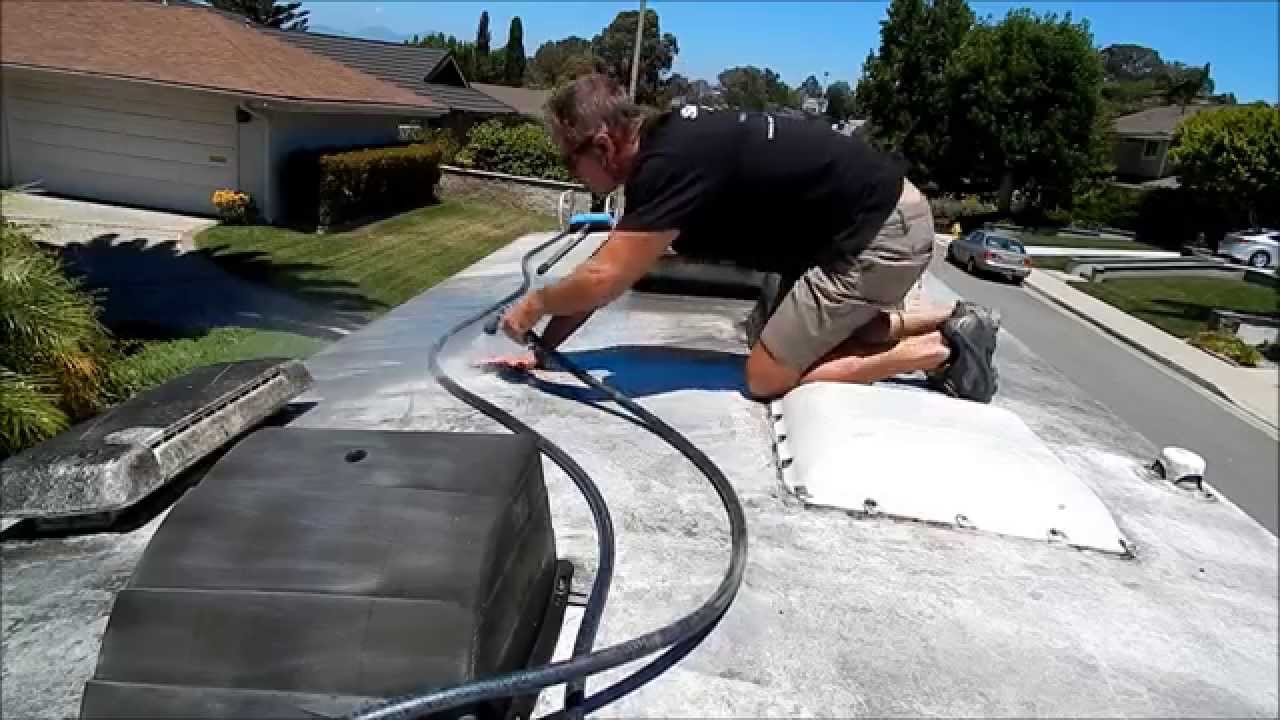Global cool roof coating market is expected to reach USD 5.41 billion by 2025. Cool roof coating is a white or bright colored coating that absorbs less heat, reduces energy consumption, and reflects more sunlight. The cool roof coating market is estimated to grow at a significant CAGR of 7.0% over the forecast period as the scope and its applications are rising enormously across the globe.
The factors that are playing a major role in the growth of cool roof coating market are the increasing construction activities across the globe, the rising use of green roof coating technology, and rise in R&D activities. However, issues related to the long-term durability of cool roof coatings are likely to restrain overall market growth in the years to come. Cool roof coating industry is segmented based on product type, application, end-user, and region.
IR reflective/colored and elastomeric/white are the product types that could be explored in cool roof coating in the forecast period. Elastomeric coats sector accounted for the significant market share of cool roof coating and is estimated to lead the overall market in the years to come. The reason could be the high demand from industrial and commercial sector during constructions.
The market could be categorized based on applications like steep-sloped, low-sloped, and others. Low-sloped roofs sector accounted for the substantial market share of cool roof coating and is estimated to lead the overall market in the years to come. The reason could be growing implementation of green building codes. Also, steep-sloped roofs sector is estimated to grow at the fastest pace in the years to come.
Request a Free Sample Copy of Cool Roof Coating Market Report @ https://www.millioninsights.com/industry-reports/cool-roof-coating-market/request-sample
Industrial, residential, commercial, and other end users could be explored in cool roof coating in the forecast period. The residential sector accounted for the substantial market share of cool roof coating and is estimated to continue its dominance in the years to come. The reason could be the presence of colored IR reflective coatings. Industrial and commercial sector follow the suit.
Globally, North America accounted for the substantial market share of cool roof coating and is estimated to lead the overall market in the years to come. The reason behind the overall market growth could be growing awareness regarding building energy consumption and leadership in energy and environmental design (LEED) initiative. The United States is a major consumer of cool roof coating in this region.
Europe and the Asia Pacific are also estimated to have a positive influence on future growth. Europe is the second largest region with significant market share. However, Asia Pacific is estimated to grow at the highest CAGR in the forecast period. The aspects that may be ascribed to the growth comprise the rising adoption of green building codes and high expenditure on construction. The developing countries like India and China are the major consumers of cool roof coating in this region.
The key players of cool roof coatings market are Nutech Paints, The Dow Chemical Company, Monarch Industries, KST Coatings, Nippon Paints, Valspar Corp., and Sika Sarnafil. These players are concentrating on inorganic growth to sustain themselves amidst fierce competition.
Market Segment:
Cool Roof Coatings Product Outlook (Volume, Kilo Liters; Revenue, USD Million, 2014 - 2025)
• Elastomeric/White
• IR Reflective/Colored
Cool Roof Coatings Application Outlook (Volume, Kilo Liters; Revenue, USD Million, 2014 - 2025)
• Slow-Sloped
• Steep-Sloped
Browse the Full Global Cool Roof Coatings Market - Global Scenario, Industry Outlook, Analysis, Size, Trends and Forecast, 2014 To 2025 Report at - https://www.millioninsights.com/industry-reports/cool-roof-coating-market
Cool Roof Coatings End-use Outlook (Volume, Kilo Liters; Revenue, USD Million, 2014 - 2025)
• Residential
• Commercial
• Industrial
Cool Roof Coatings Regional Outlook (Volume, Kilo Liters; Revenue, USD Million, 2014 - 2025)
• North America
• U.S.
• Europe
• Germany
• U.K.
• France
• Asia Pacific
• China
• India
• Japan
• Middle East & Africa
• Central & South America
• Brazil

 Log in with Facebook
Log in with Facebook 
 10-year Premium White Elastomeric Roof Coating
10-year Premium White Elastomeric Roof Coating 30 Roof Coating Ideas
30 Roof Coating Ideas How To Apply Elastomeric Roof Coating
How To Apply Elastomeric Roof Coating A Coatings Specialist Explains How To Correctly Apply Roof Coating
A Coatings Specialist Explains How To Correctly Apply Roof Coating Kool Seal Premium 10 Year Elastomeric Roof Coating
Kool Seal Premium 10 Year Elastomeric Roof Coating Roof Coat Elastomeric Coating Product Data Sheet
Roof Coat Elastomeric Coating Product Data Sheet Myths, Facts, And The Truth About Silicone And Elastomeric Roof Coatings
Myths, Facts, And The Truth About Silicone And Elastomeric Roof Coatings Elastomeric Rv White Roof Coating
Elastomeric Rv White Roof Coating Kool Seal Elastomeric Roof Coating
Kool Seal Elastomeric Roof Coating Best Practices For Roof Coating Application
Best Practices For Roof Coating Application 30 Roof Coating Ideas
30 Roof Coating Ideas Elastomeric Roof Coatings For Leaks Repair And Maintenace
Elastomeric Roof Coatings For Leaks Repair And Maintenace Everything You Need To Know About Roof Coatings
Everything You Need To Know About Roof Coatings




